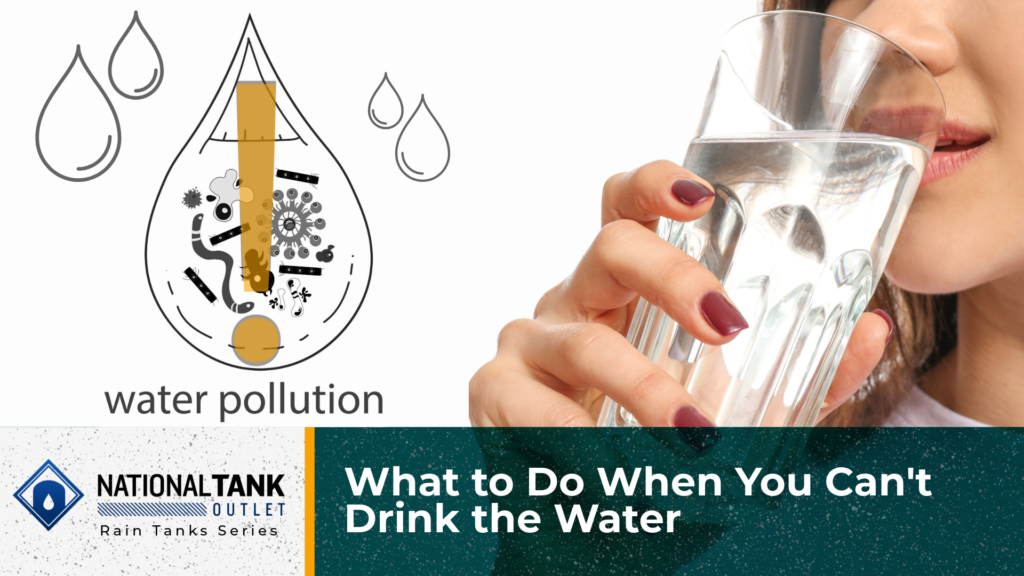
How to Handle Water Contamination: Survival Tips and Strategies
Water is essential for daily life — whether it’s for drinking, cooking, or cleaning. But what happens when it’s suddenly unsafe to use? Across the United States, incidents of water contamination are becoming more frequent. It seems to happen occasionally where residents face warnings about their local water supply being unsafe for consumption or use. Scenarios when these occur serve as a stark reminder of the importance of being prepared for water emergencies.
Whether you’re concerned about a local water crisis or simply planning ahead, having a strategy in place can help you stay calm and safe when your regular water supply becomes undrinkable.
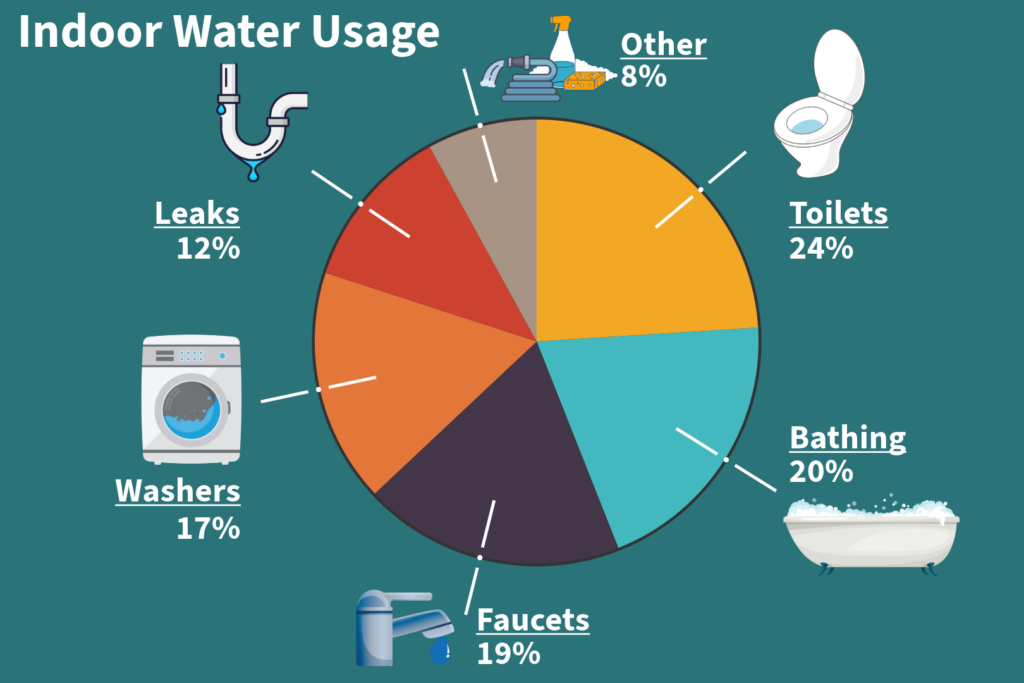
Learning from Recent U.S. Water Crises
Water emergencies are not just hypothetical scenarios — many communities across the United States have faced them firsthand, often with devastating consequences. The following major examples highlight how vital it is to be prepared for water contamination and shortages:
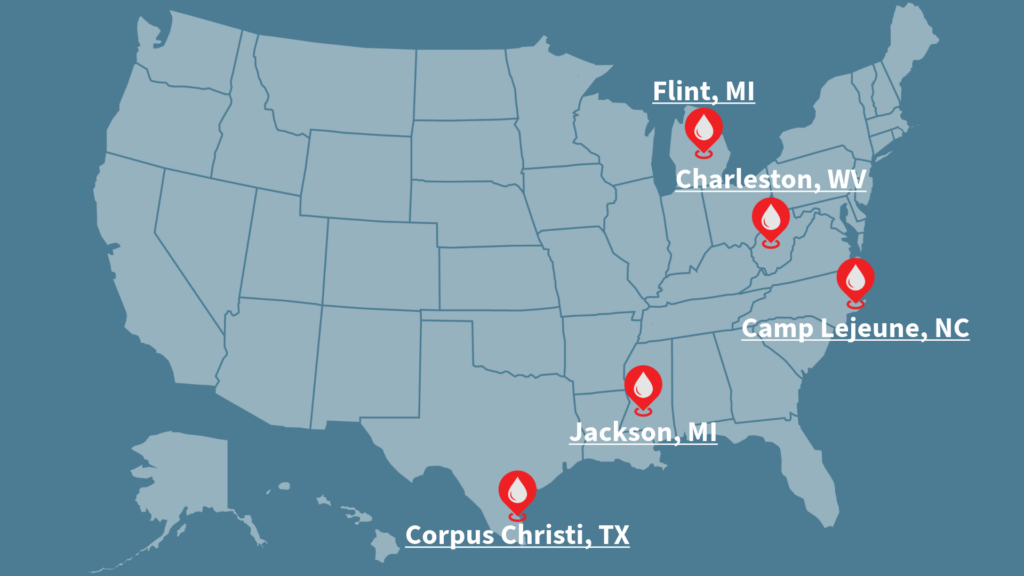
- Flint, Michigan (2014-present): One of the most infamous water crises in recent history, the Flint Michigan situation began when the city’s water source was switched to the Flint River without proper treatment. The corrosive water caused lead to leach from aging pipes, exposing thousands of residents to dangerous levels of lead. The health effects, especially among children, have been long lasting, with the community still addressing the effects years later.
- Jackson, Mississippi (2022): After years of underfunded infrastructure and recurring issues, flooding in 2022 caused the water system in Jackson to fail, leaving residents without clean drinking water for weeks. This crisis highlights the importance of maintaining water infrastructure to prevent catastrophic outages during extreme weather events.
- Camp Lejeune, North Carolina (1953-1987): Over three decades, drinking water at the Marine Corps Base Camp Lejeune was contaminated with harmful chemicals, including industrial solvents and benzene. Thousands of military personnel and their families were exposed to these toxins, leading to numerous health problems and raising awareness about the dangers of chemical contamination.
- Charleston, West Virginia (2014): A chemical spill into the Elk River contaminated the water supply for nearly 300,000 residents. The chemical, used in coal processing, made tap water unsafe for drinking, cooking, and bathing for several days. The incident showcased the vulnerability of water systems near industrial areas and the importance of emergency response plans.
- Corpus Christi, Texas (2016): A petrochemical leak into the water system led to widespread concerns about contamination, forcing the city to issue a “do not use” order for tap water. Residents had to rely on bottled water for weeks until the system was confirmed to be safe again.
These real world events serve as heavy reminders that water emergencies can happen anywhere, at any time, and in different ways. Being prepared with the knowledge and resources to handle such situations can make all the difference for you and your family.
Understanding Water Contaminants
When your water is declared unsafe to use, it’s essential to know what you’re dealing with. Contaminants can come from a variety of sources, and each type requires specific treatment methods to make the water safe again. Here’s a quick breakdown of common water contaminants and how they can affect your water supply:
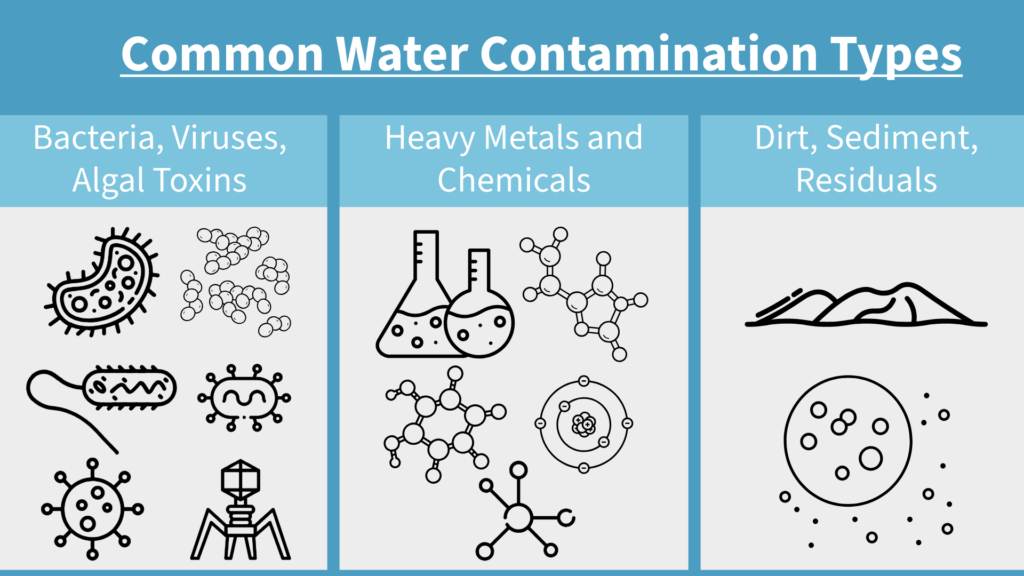
- Bacteria and Viruses: These microorganisms can cause serious illnesses if consumed. Common sources include sewage leaks, animal waste contamination, or untreated water. Boiling water is the most effective way to eliminate bacteria and viruses.
- Chemicals and Pesticides: Industrial spills, agricultural runoff, or household chemicals can leach into water supplies, leaving harmful residues. These contaminants often require advanced filtration systems or chemical neutralization for safe removal.
- Heavy Metals: Lead, mercury, arsenic, and other heavy metals may infiltrate water from old pipes or certain natural sources. Long term exposure can pose significant health risks. Reverse osmosis systems or specialized filters are typically used to treat these contaminants.
- Sediments and Dirt: Excess sediment can make your water cloudy and gritty. This usually happens after flooding or disturbances in the water system. A basic filtration system can remove sediments, but reheating the water may still be necessary for full safety.
- Chlorine and Disinfectant By-products: Found mainly in municipal water systems, these chemicals can irritate your skin, eyes, and stomach. Activated carbon filters are good for reducing chlorine and its by-products in drinking water.
- Algal Toxins: Algae blooms in lakes or reservoirs can release harmful toxins into the water supply. This typically requires advanced treatment, such as boiling combined with filtration.
Be Prepared with a Safe Water Supply
Emergency Water Storage Tips
A key part of water emergency preparedness is ensuring that your family has access to clean drinking water during a crisis. The general guideline is to have at least one gallon of water per person, per day, for a minimum of 72 hours. This amount covers drinking, cooking, and minor hygiene needs.
How to Store Drinking Water
- Bottled Options: Keep a stockpile of bottled water in a cool, dark area. It’s a simple solution that requires no extra preparation.
- Repurpose Containers: Clean and reuse old two-liter bottles or gallon jugs for water storage. Just ensure they are thoroughly sanitized before use.
- Invest in Storage Tanks: Consider purchasing small, dedicated water storage tanks designed for emergencies, known smartly as emergency water tanks. These are ideal for families who want to store larger amounts safely.
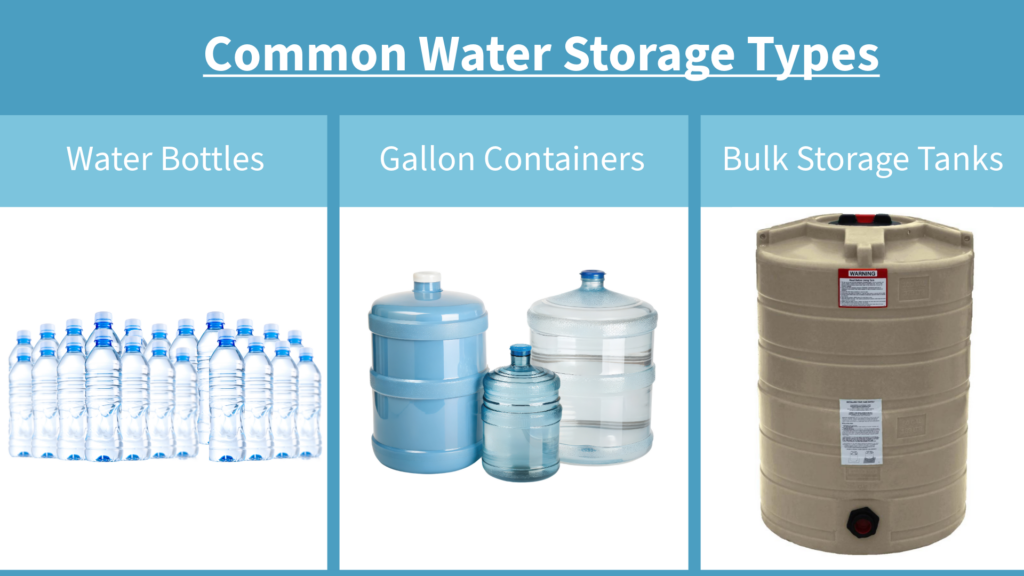
Don’t forget about pets — they need water too. Account for their needs in your emergency water plan with recommendations for at least one gallon per pet per day.
Planning for Hygiene and Cleaning Needs
Drinking water is just the start — you’ll also need water for cleaning, bathing, and other daily tasks. Storing enough gallons of bottled water for these purposes might not be practical, but a well-thought-out strategy can help keep things manageable.
- Water Tanks for Non-Drinking Purposes: Invest in a medium capacity water tank specifically for tasks like showering, hand washing, and cleaning. This can reduce the amount of potable water you need to store.
- Baby Wipes for Quick Hygiene: Keep a supply of baby wipes or cleansing cloths on hand. They’re great as a temporary substitute for full showers when water use is limited.
- Rainwater Collection: If you’re planning ahead, consider setting up a rainwater harvesting system using a rainwater collection tank. Rainwater is generally free of chemical contaminants found in municipal systems, making it ideal for cleaning and even showering after proper filtration and treatment. Remember, rainwater should still be boiled or filtered if you intend to use it for drinking.
Emergency Water Treatment Methods
Here we will look at how to purify water in a crisis. When faced with a sudden water emergency, knowing how to treat water can be a lifesaver. The first step is to identify the type of contamination or likely contaminants — such as bacteria, chemicals, or other pollutants — and select an appropriate treatment method. Here are some effective solutions to consider:
Boiling Water: This is perhaps the simplest and most reliable method, particularly for bacterial contamination. Boiling water for at least one minute (or three minutes at higher altitudes) kills bacteria, viruses, and parasites, making it safe for consumption. However, boiling does not remove chemical contaminants or heavy metals.
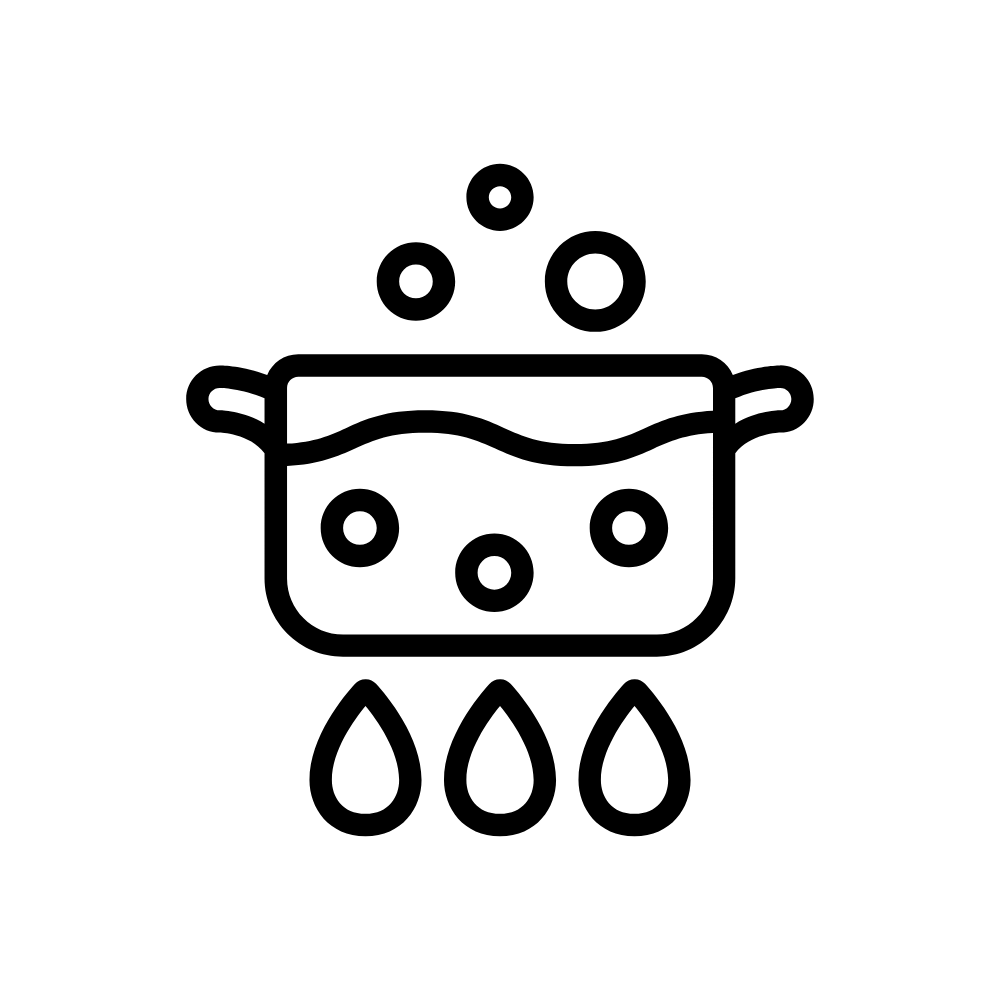
Chemical Treatment: Using unscented household bleach (5-6% sodium hypochlorite) is a quick way to disinfect water. Add 1/8 teaspoon (about 8 drops) per gallon of clear water and wait 30 minutes. If the water is cloudy, double the amount and allow extra time for disinfection. While effective against microorganisms, bleach does not eliminate chemicals or sediments.

Filtration Systems: Portable water filters or filtration systems are highly effective for removing sediments and microorganisms, such as bacteria and protozoa. Advanced filters, like those with activated carbon, ceramic components, or very fine filters, can also reduce viruses, harmful chemicals, odors, and unpleasant tastes. Portable systems are ideal for emergency kits due to their versatility and ease of use.
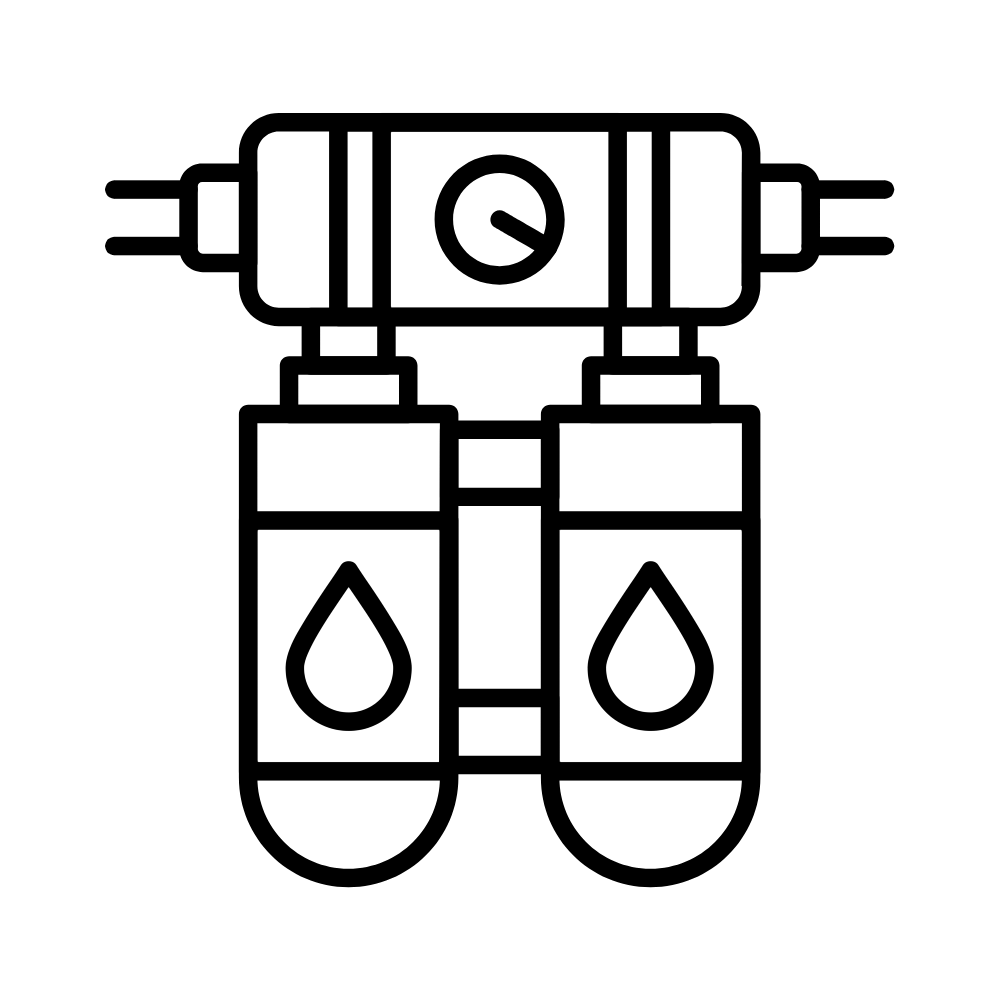
Solar Water Disinfection (SODIS): A low tech yet powerful option, SODIS involves filling clear bottles or containers with water and leaving them under direct sunlight for at least 6 hours. The combination of UV radiation and heat kills bacteria, viruses, and parasites. This method requires no special equipment but is only effective with clear water and strong, direct sunlight.
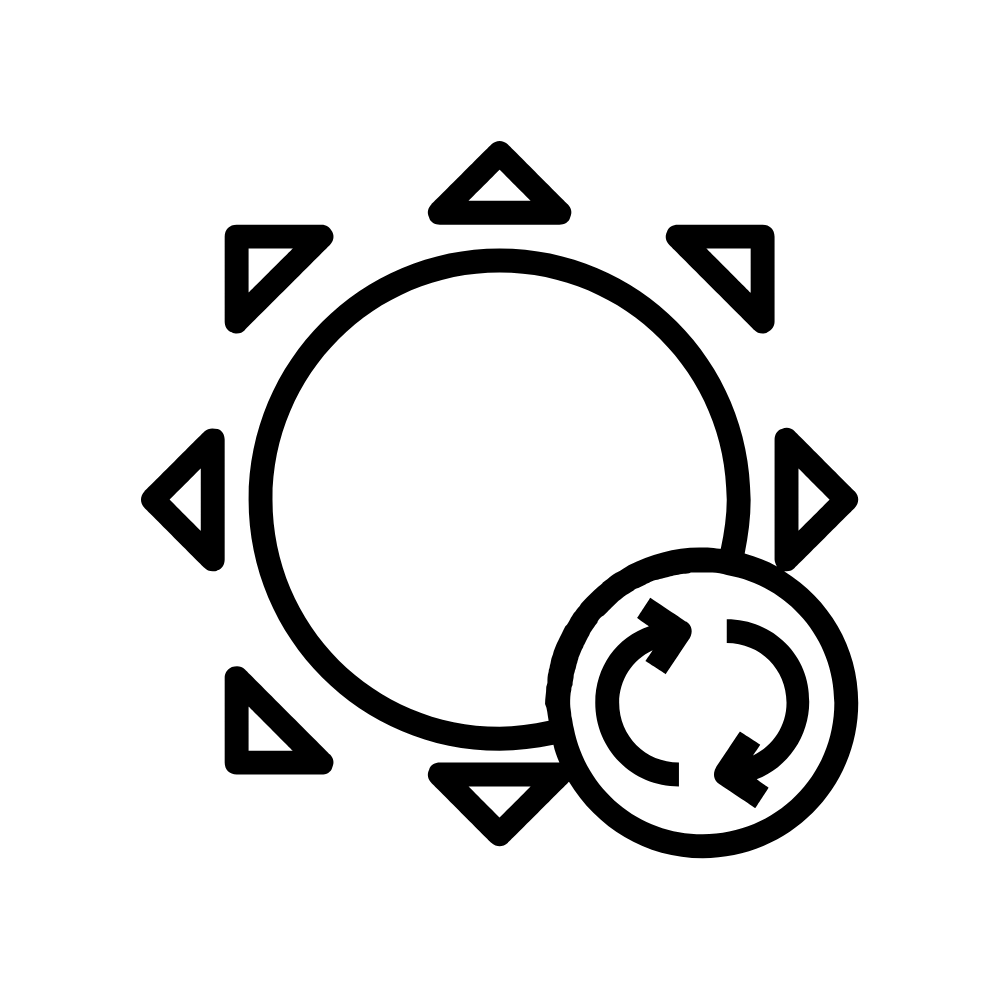
UV Purification Devices: Handheld UV purifiers are increasingly popular for their ability to sterilize small amounts of water quickly. These devices use UV-C light to destroy microorganisms’ DNA, effectively neutralizing bacteria, viruses, and protozoa. While UV devices are portable and efficient, they won’t remove chemical contaminants or sediments, so pre-filtering may be needed if these are a concern.
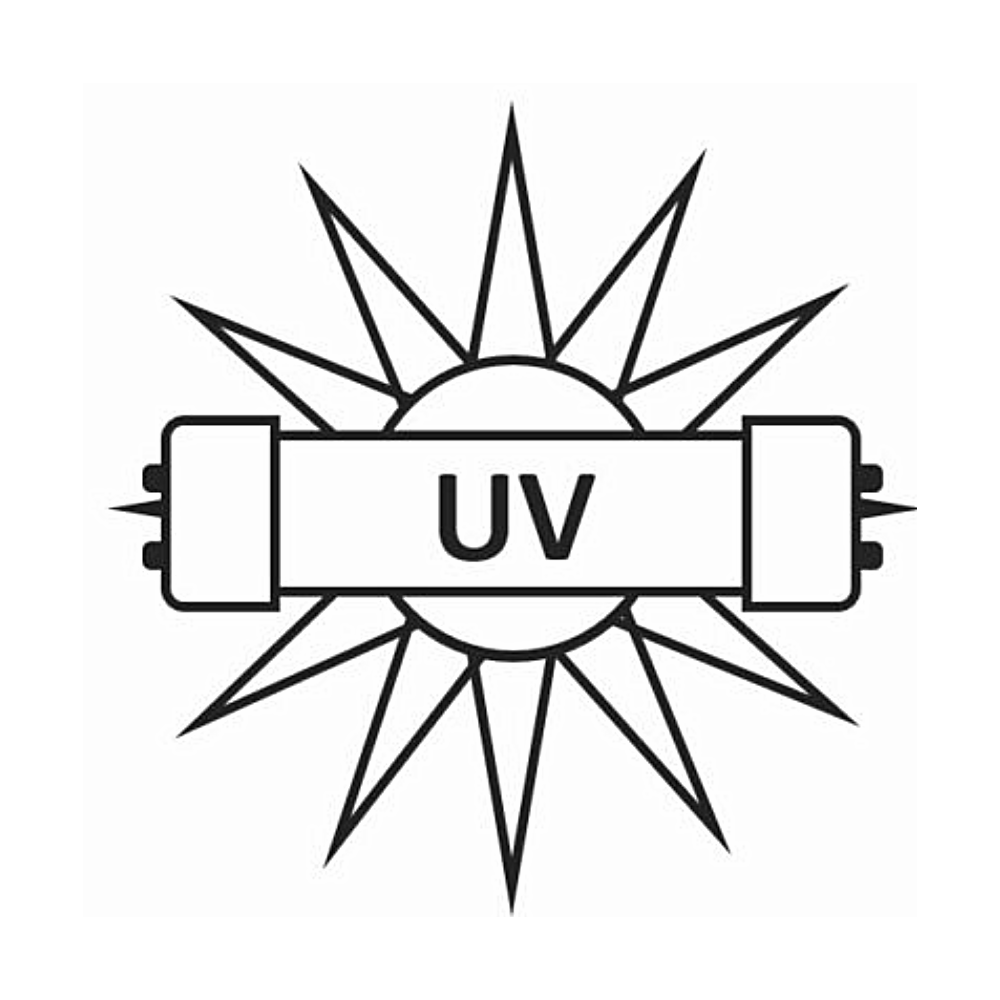
Reverse Osmosis (RO) Systems: RO systems use high pressure to force water through a semipermeable membrane, removing nearly all contaminants, including bacteria, heavy metals, pesticides, and even salt. These systems are ideal for long term use but may not be practical during immediate emergencies due to their size and reliance on electricity.
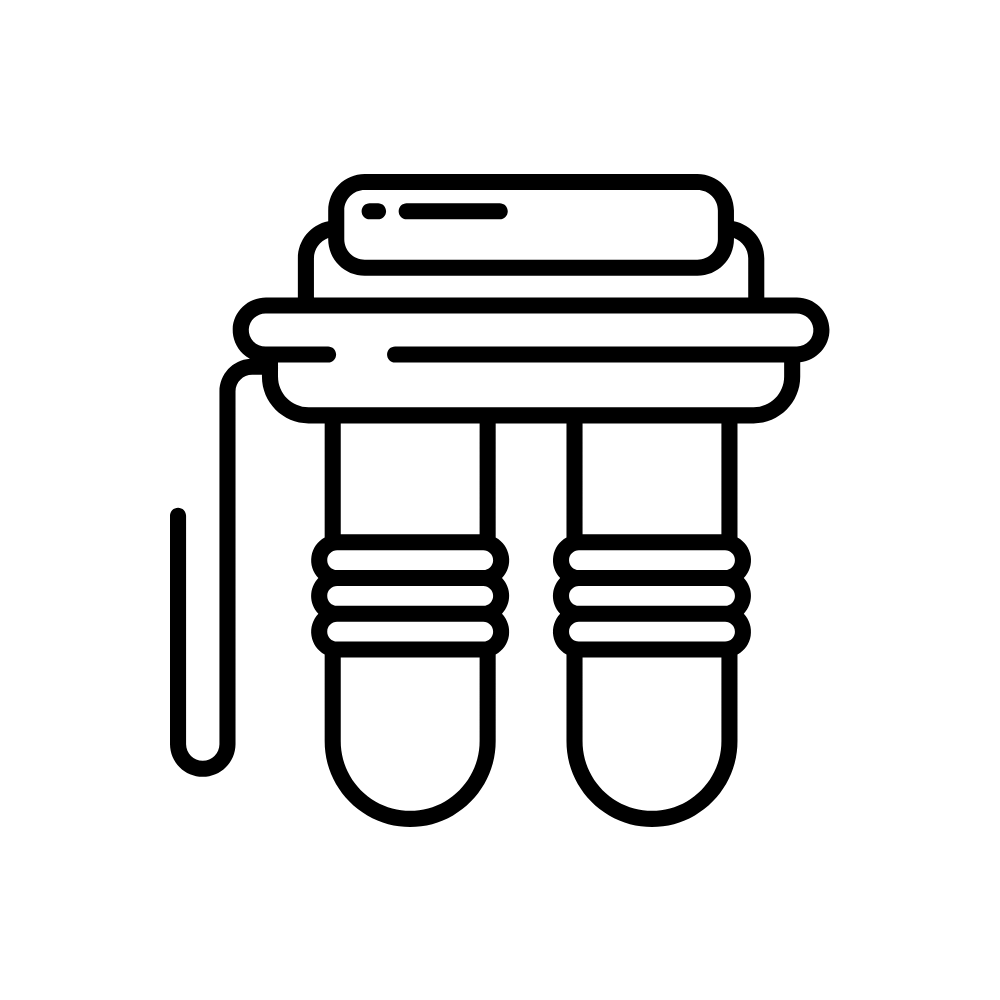
Distillation: This method involves heating water to produce steam, which is then condensed back into liquid form. Distillation effectively removes bacteria, viruses, salt, sediment, and most chemical contaminants. It’s a time consuming process requiring a heat source but is highly reliable as a comprehensive water treatment.
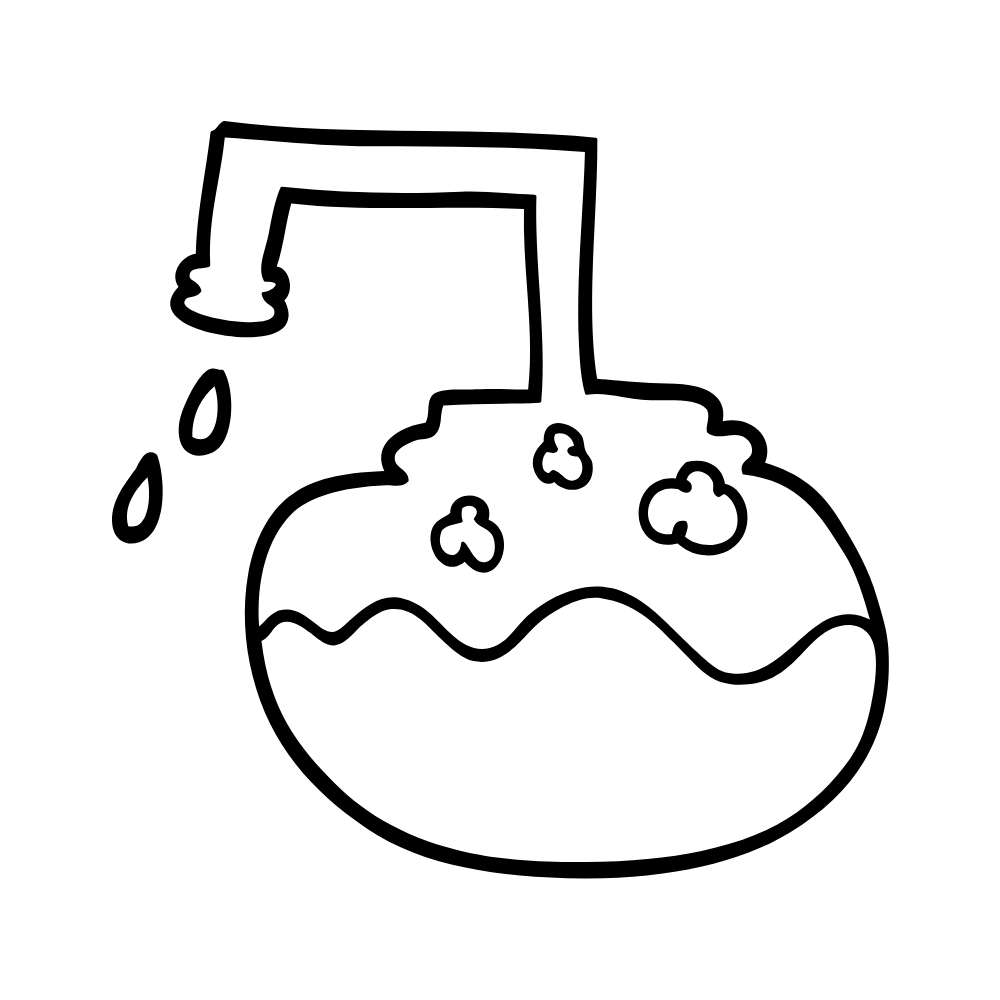
Iodine Tablets or Drops: Commonly used by hikers and campers, iodine tablets are a convenient way to disinfect small amounts of water from microorganisms. Add the recommended dosage to clear water and wait at least 30 minutes before drinking. Though effective, iodine can leave a noticeable taste and is not suitable for chemical contamination and long term use due to potential health risks.
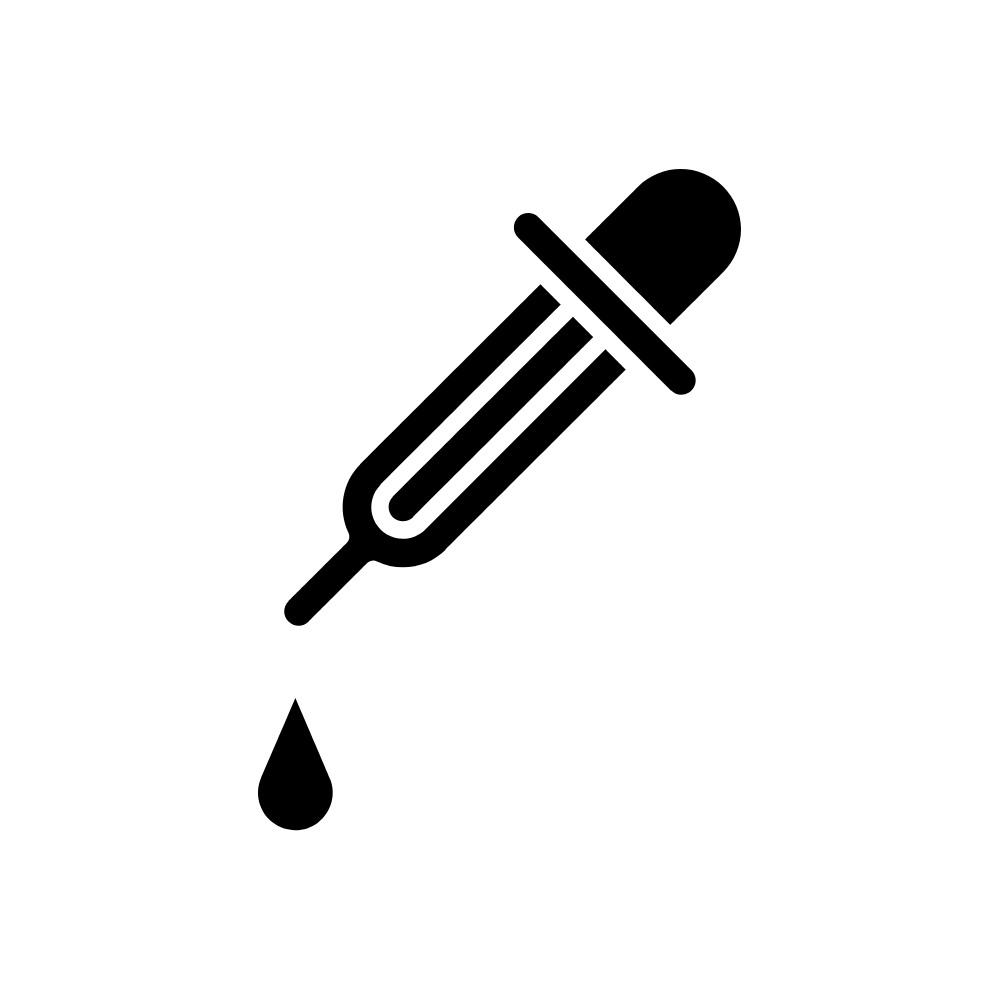
Clay-based Ceramic Filters: These filters use a porous ceramic material infused with antimicrobial agents to trap and neutralize bacteria and other microorganisms. They are a sustainable and low-cost option for treating water in emergencies, especially in rural areas or developing regions.
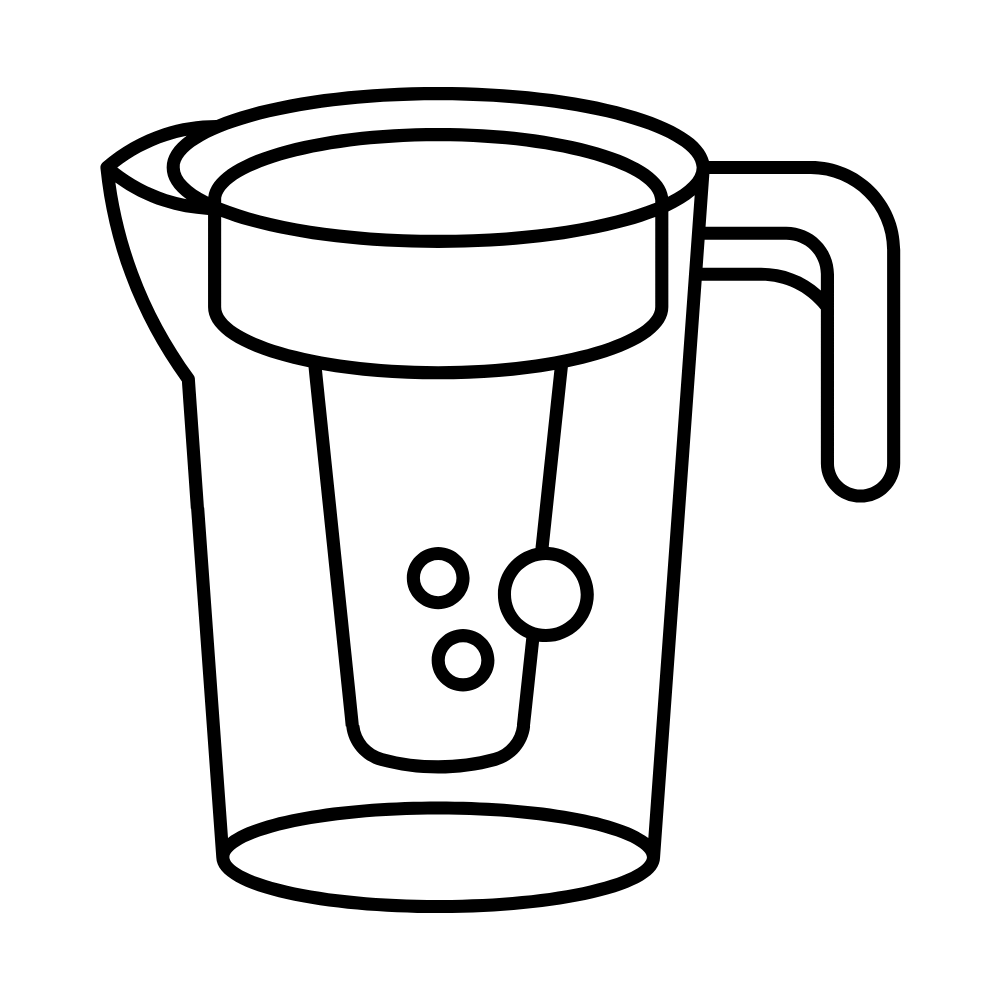
Your Next Steps in a Water Emergency
When your water source becomes unsafe, quick and resourceful action is essential. Here are some immediate measures you can take to acquire clean water during an emergency:
- Reach Out to Safe Zones: Contact friends or family in unaffected areas and arrange to collect water from their supply if possible.
- Listen for Relief Announcements: Local organizations, churches, or government agencies often distribute bottled water during emergencies — stay tuned for updates.
- Purchase Early but Responsibly: If bottled water is still available, purchase only what you’ll need for the immediate crisis. Avoid overbuying, which can worsen shortages for others.
The Benefits of Being Prepared
Long term preparedness is key to minimizing stress when a water crisis strikes. Whether it’s through emergency water storage tanks, portable filtration systems, or rainwater collection tanks, having the right equipment and a solid plan will give you peace of mind.
By starting your preparations today, you’re not only safeguarding your family’s health and hygiene during emergencies but also taking a proactive step toward self-sufficiency. To learn more about our water storage solutions, see our water tanks here. For more information on tanks, storage, rainwater harvesting, and more expert advice, check out our water storage blogs. Together, we can ensure that you’re fully prepared for any situation.
Disclaimer: note that the details and recommendations in this article are provided for informational purposes based on current knowledge and understanding on water treatment and purification methods. It is not meant as a guarantee or certainty towards the effectiveness of any treatment method in the event of unsafe water. Individual cases, conditions, results, and best recommendations can vary. Always use good research, sound judgment, and respond to situations to the best of your ability and available knowledge. If in doubt of your personal exposure risks and the proper response, consult local guidelines or authorities for specific contamination updates.